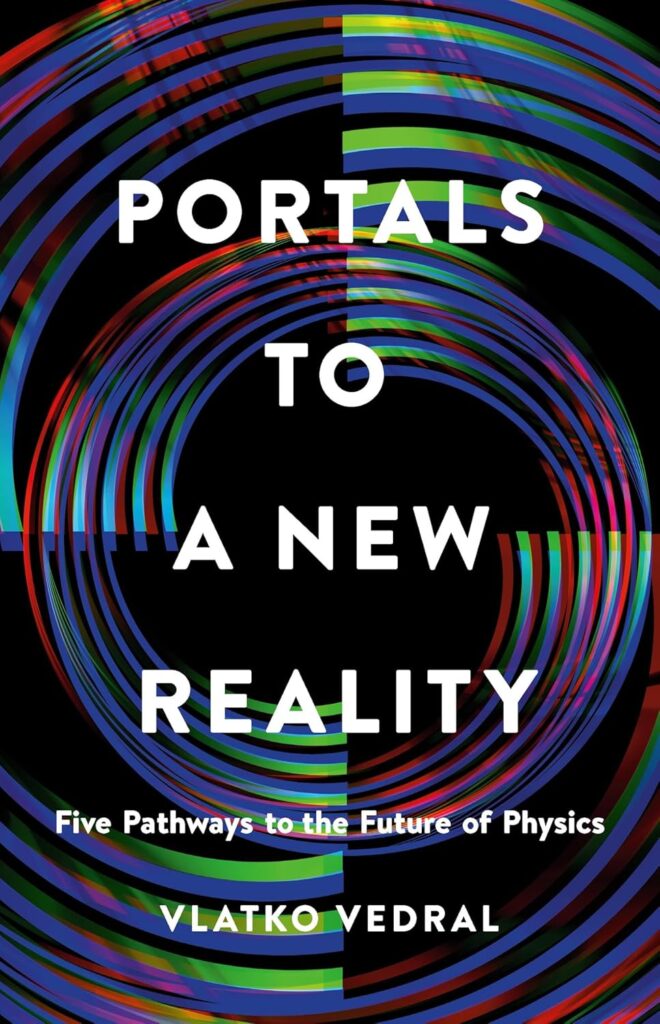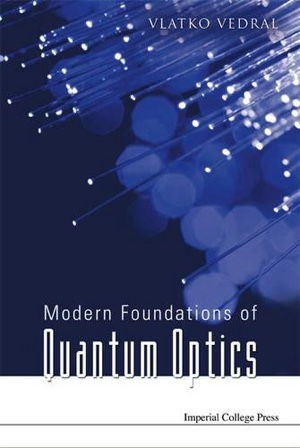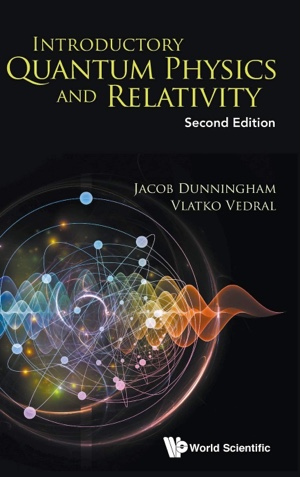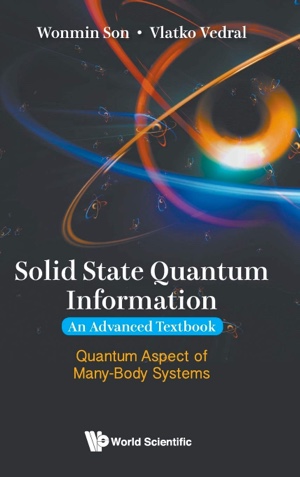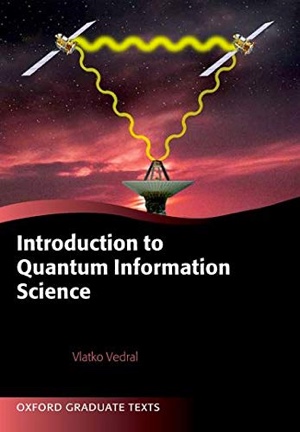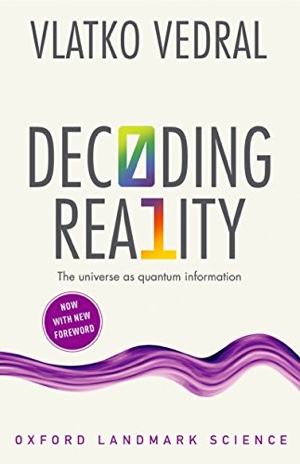Be Wise – Quantize (or “the wave that wasn’t there”)
I’ve learnt an interesting bit of physics history recently and I want to use it as an excuse to tell you about (no surprises here) quantum physics (proper, not its history).

Photo by Tuesday Temptation: https://www.pexels.com/photo/purple-and-blue-light-digital-wallpaper-3780104/
The idea is (mistakenly, but I will come to that 😊) called an “interaction-free” measurement (spoiler: the mistake will turn out to be the fact that there is an interaction after all). I’ve always attributed this concept to the paper by Elitzur and Vaidman (early nineties), but – as it happens – there is a much older paper by Renninger (whom I’d never heard of before), published in 1953, which introduces the very same idea.
Only even more powerfully. Here is what Renninger says. We have a particle that is emitted as a spherical wave, isotopically, from some point. There is no immediate contradiction here, it is what quantum physics is all about. Everything is a wave, as I have written on a number of different occasions. However, what Renninger wants to claim now is that quantum physics is – as a result of particles being waves – nonlocal. Einstein and many other people worried about this too, but each in their own different ways (all researchers happy with quantum physics are happy in the same way; each unhappy researcher is unhappy in their own way).
So, Renninger says, in the path of the wave are now two circular screens, one at the radius R and subtending the right angle with the particle origin, and the other at a radius R+r (where r is arbitrary), subtending the full 360 degrees angle. Now comes the main idea. If we know the speed of the particle, then we could know that after sometime it would have passed the first screen, but that (say) it did not make a scintillation on it (i.e. it was not observed to have hit the first screen, the probability for which is 90/360 = 1/4). Therefore, even before the particle hits the second screen, we know with certainty that this will be so (!). Not only that, but we seem to be able to infer the presence of the first screen without the particle interacting with it (since a 90 degrees slice of the second screen will never be hit by the particle) – hence the interaction free measurement.
In other words, it seems that the experiment provides us with information about the region of space where the particle wasn’t present – hence also non-locality, or spooky action at a distance, or call it whatever you like. Elitzur and Vaidman used a Mach-Zehnder interferometer to the same effect and claimed that we can detect the presence of a bomb in one arm of the interferometer while not interacting with it (i.e. not risking to trigger the bomb). So, the photon in one arm of the interferometer detects an object in the other arm.
Yeah, right. Those of you who have been following my blogs will know better. There is nothing spooky here, just like there is nothing spooky anywhere else in quantum physics.
Which brings me to the title of the blog. If in doubt, when facing an issue of the fundamental kind, just quantize everything and calculate. In other words, represent the screens as quantum objects and let the wavefunction and the Hamiltonian do the rest of the work! All our paradoxes really come from the fact that we treat part of the universe quantumly and the rest classically. And no such hybrid (half quantum, half classical) description is ever fully consistent (although, in some specific cases, it can take us a long way).
So, here is the sketch of the calculation. It’s just a variant of Schrödinger’s cat, really, but – then again – so is every other quantum calculation. The state of the particles is an equal superposition of the particle going in the direction of every possible angle, |0>+|alpha>+|2alpha>+…After the first screen, the state is such that the particle within the right angle hits the screen, while at the other angles in doesn’t, ( (|0>+|alpha>+…|90>)|first screen blackened>+(|90+alpha>+…|360-alpha>)|first screen not blackened>)|second screen not blackened>. Everything is nice and smooth and there are no jumps or discontinuities and nothing nonlocal ever happens. After the second screen, a similar thing happens and the state becomes (|0>+|alpha>+…|90>)|first screen blackened>| second screen not blackened> + (|90+alpha>+…|360-alpha>)|first screen not blackened>)|second screen blackened>. You can see that the screens, of course, give a perfectly consistent account of what has happened; when the first one responds, the second one doesn’t and vice versa. However, responding or not responding are two sides of the same coin, and both are part of one and the same interaction. Even when a quantum wave does not trigger a detection, it still is actually there, involved in the interaction. And the whole evolution is deterministically guided by the Schrödinger equation.
And now, we realise that the Renninger set up is actually virtually the same as the Mott treatment of the alpha particle tracks in a cloud chamber (as in my earlier blog). All of these are just instances of the fact that when everything is treated as a quantum wave, all (apparent) paradoxes immediately disappear. They are no more. They’ve expired and gone to see their maker(s) (just like the Monty Python’s parrot).
It’s not that I am saying that everything in the universe will turn out to be quantum mechanical. Far from it. Rather, the way that we will get to a new theory (if such a thing happens at all) is to quantize more and more things and keep testing the consequences. Sooner or later, I think, we are bound to encounter discrepancies (some of our current observation may well already be such, but we are still not sure of it) and – when that happens – we will hopefully discover a new theory of physics (100 years outstanding and counting).
But this new theory, I betcha, will be even more counter-intuitive than quantum physics (it won’t be a return to classical-like physics) and will give us plenty of new things and seemingly paradoxical situations to analyse, discuss and argue over at conferences, meetings, in journals and in pubs. Without this, physics (and life, as far as I am concerned) would really be painfully boring.
Sign up to my substack
BOOKS
ASK ME ANYTHING!
If you'd like to ask me a question or discuss my research then please get in touch.
